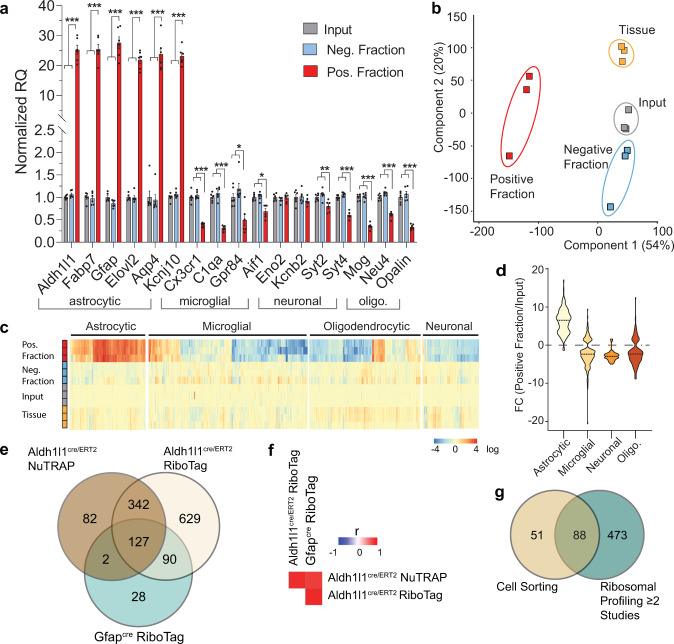Fig. 3. Transcriptomic validation of astrocytic enrichment in TRAP-RNA from Aldh1l1-NuTRAP mouse brain.
a TRAP-isolated RNA from input, TRAP-negative and TRAP-positive fractions were examined by qPCR for enrichment and depletion of selected cell-specific genes for astrocytes, microglia, neurons, and oligodendrocytes. Bar graphs represent mean relative gene expression ± SEM for each gene measured. *p < 0.05, **p < 0.01, ***p < 0.001 by RM one-way ANOVA with Benjamini–Hochberg multiple testing correction followed by Tukey’s multiple comparison test across fractions (n = 6/group). b RNAseq analysis was performed on all fractions and total brain RNA (n = 3/group). Principal component analysis of transcriptome profiles showed separation of positive fraction from input, negative, and tissue samples by the first component. c Expression of cell-type marker gene lists, generated from cell-sorting studies shows enrichment of astrocytic genes and depletion of other cell-type marker genes in the positive fraction versus other fractions. d Enrichment or depletion of marker genes is presented as the fold change (Positive fraction/Input). Astrocyte marker genes were enriched in the positive fraction while genes from other cell types were generally depleted in the positive faction relative to input. e Astrocyte marker genes identified in prior Ribo-Tag analysis (FC > 5 Positive fraction/Input) with the same cre line12 and with a Gfap-cre line19 were compared to the marker genes identified from the Aldh1l1-NuTRAP, demonstrating 127 ribosomal-tagging common astrocyte marker genes. f Pearson correlation of the fold change (Positive fraction/Input) for all expressed genes observed in all ribosomal profiling studies have similar levels of transcriptome enrichment and depletion. g Astrocyte markers from at least two ribosomal profiling studies were compared to astrocyte markers from cell-sorting studies18 to identify 88 isolation method-independent astrocyte markers.

